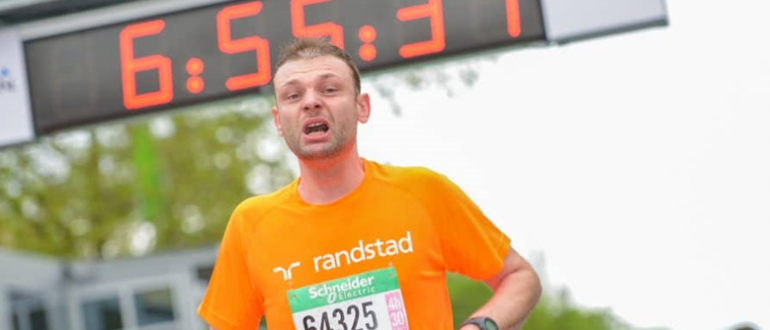Most training information and advice is typically centered around workouts, periodized programs, nutrition and cross training modalities such as strength training. While all of these things are important, the topic of suffering is often left out.
A LEARNED SKILL?
It would be easy to pass off the ability to suffer/have a high pain tolerance as one of genetics. While genetics may play some role, it has been found that most all individuals largely have similar pain thresholds, the difference is one’s pain tolerance. Therefore, this demonstrates that one’s ability to suffer and tolerate pain is largely a trainable trait, as opposed to being genetically-based.
NO IMPROVEMENT
One common theme amongst athletes is a halt in forward progress. While there are likely several reasons for this, the most commonly cited reason is overtraining syndrome. This essentially means that due to a multitude of factors, especially training at too high of a workload without enough rest, an individual is unable to recover properly and thus their performance stagnates or declines. While overtraining syndrome is definitely an issue for many, an area not often discussed in respect to the stagnation of progress is a lack of intensity.
When starting out exercising or training – especially from a low fitness level, an individual will typically progress quite fast in respect to their fitness level. However, as one becomes more fit, the rate of progress slows with the same training stimuli. This is often referred to as the ‘rate of diminishing returns.’ As an example, for elite endurance athletes, often the only training stimuli that increases one’s fitness is increased intensity. However, this increased intensity is at odds with one’s physical and mental comfort level.
Therefore, when one’s fitness plateau’s, often the only way to ‘break through’ this plateau is to raise the intensity, which also is dependent on one’s ability to tolerate pain or for lack of a better word… suffer. In the humble opinion of the author, this is one of the biggest reasons why people are not able to break through fitness plateaus.
GET COMFORTABLE WITH BEING UNCOMFORTABLE
While I wish there was a magic bullet that would instantaneously raise someone’s pain tolerance, the reality is that the only way to do this is to take enough trips deep into the pain cave on a consistent basis that you become comfortable with being uncomfortable.
Intervals, progression runs, hill sprints, negative split training races, etc… these types of workouts are hard and while they have substantial physiological benefits, the mental benefits are from the standpoint of learning how to suffer are just as impactful.
NOT SO MARGINAL GAINS
At the end of a race, oftentimes the reason why someone wins is not a result of how much they have left in the tank, but rather because they were able to suffer the most. This is a big deal! All too often, when we hear about a consistent winner, we look to their physical training program from the perspective of physiological gains and what equipment/shoes they are using. However, the one variable that isn’t often noted is that of the ability to suffer. Despite this, the ability to suffer should not be considered a marginal gain.
SUMMARY
If you never push hard, you’ll never know what your limits are and if you never know what your limits are, you’ll never know if you’ve reached your potential for a particular point in time. While it’s all good and fine to have a sky high VO2 Max and near limitless endurance, if you aren’t willing to work on increasing your pain tolerance, it’s likely that you won’t be able to reach your potential as an athlete.


Comments 0